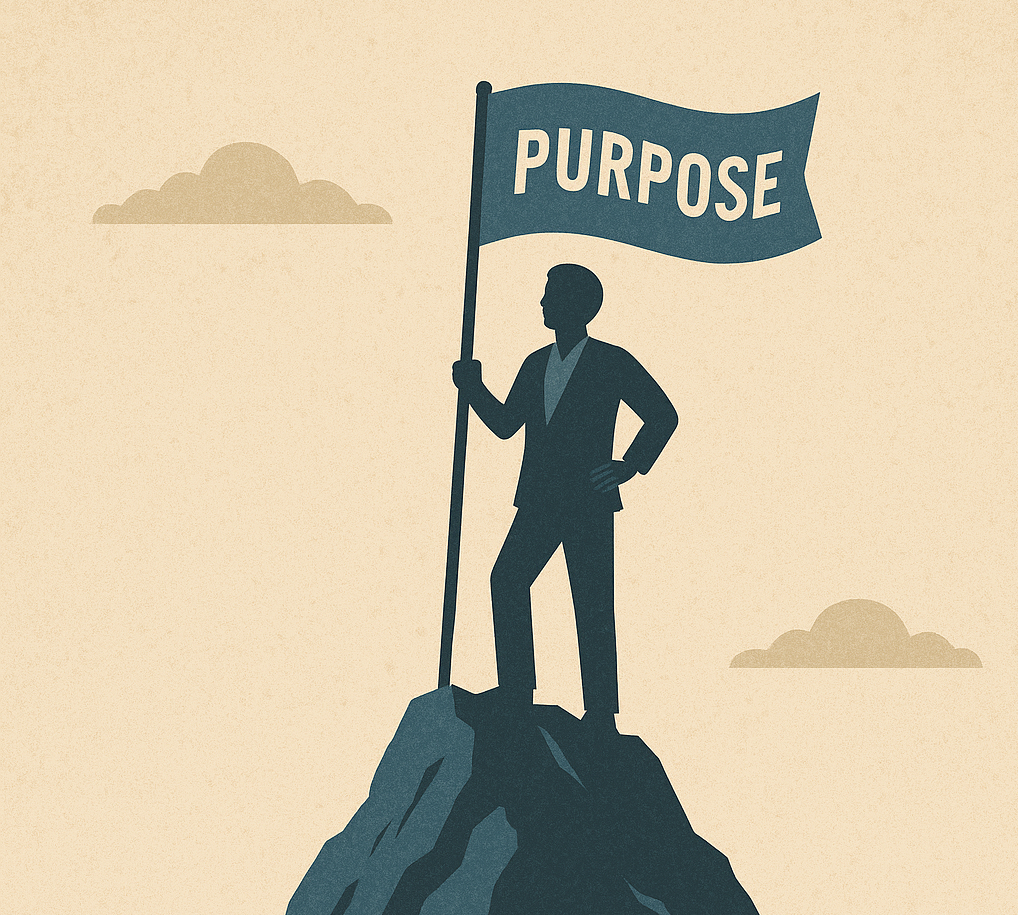The Cost of Doing the Wrong Work Well
Leadership in this moment is not about doing more with less — it’s about doing better with purpose

The Cost of Doing the Wrong Work Well
Across child welfare and juvenile justice systems, we often celebrate efficiency — faster investigations, more timely hearings, streamlined documentation, improved compliance. But what if we’re getting better and faster at doing the wrong work?
Many systems today are caught in a dangerous paradox: we are highly skilled at maintaining processes that don’t produce results. We invest enormous energy into investigations that don’t improve safety, supervision that doesn’t reduce risk, and paperwork that doesn’t move families closer to stability. We reward compliance over curiosity, activity over impact.
The result? Systems that look functional on the surface but are quietly failing the people they were built to serve.
When Systems Confuse Effort with Impact
In most jurisdictions, upwards of two-thirds of CPS investigations end with no finding of maltreatment. Yet every one of those cases consumes staff time, administrative costs, and family trauma. Probation departments still track contacts and curfews more closely than growth and goals. Courts still measure efficiency by docket clearance rates rather than the long-term well-being of youth and families.
We are optimizing for the wrong metrics. And in doing so, we perpetuate systems that are busy but not effective, structured but not strategic, and costly but not transformative.
The Real Price Tag
The cost of doing the wrong work well isn’t just financial — though the waste is staggering. It’s moral and relational. Every unnecessary investigation, every redundant assessment, every procedural delay erodes trust in systems that already struggle to earn it. Families learn that the system is more committed to paperwork than partnership. Staff learn that innovation isn’t rewarded. Communities learn that "help" often comes with harm attached.
When resources are consumed by low-impact activities, we starve the very strategies that could make a difference — prevention, family supports, diversion, credible messenger programs, and neighborhood partnerships that address root causes instead of symptoms.
Reframing the Work
Leaders have a responsibility not just to make systems run, but to make them matter. That begins by asking different questions:
- What outcomes are we actually producing with the work we’re doing?
- If the work we’re best at disappeared tomorrow, would communities be worse off — or relieved?
- What percentage of our time, staff effort, and funding is going toward activities that produce measurable results for children and families?
These aren’t easy questions, but they’re essential. Because a well-oiled machine doing the wrong work is still off course.
Leading Toward What Works
Reorienting systems toward results requires courage — to name inefficiencies, stop outdated practices, and redirect resources. It means creating learning cultures where data drives reflection, not fear. It means rewarding collaboration, transparency, and experimentation, even when it slows things down in the short term.
Leadership in this moment is not about doing more with less — it’s about doing better with purpose. The most effective systems are those willing to pause, reflect, and reallocate energy toward what truly changes lives.
In the End
We don’t need to work harder; we need to work truer.
The future of reform lies not in better systems of control, but in better systems of care.
And that begins by refusing to mistake motion for progress.






